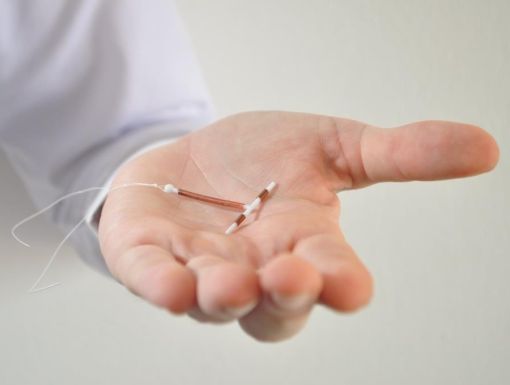
5 Things to Know About Getting an IUD
An intrauterine device, also known as an IUD, is a birth control device. It is small, plastic and T-shaped. It is inserted into the uterus as a pregnancy prevention method. According to the Centers for Disease Control, 10.4% of women in the United States aged 15-49 are currently using IUDs or contraceptive implants. That said, there are still many questions and misconceptions about IUDs. Here are five things to know about getting an IUD.
Are IUDs safe?
For the most part, most people can use an IUD, but you should talk to your healthcare provider to find out if IUDs are safe for you. Some conditions make side effects or complications from an IUD more likely. You may not be able to get an IUD if you have the following conditions:
- STDs like chlamydia and gonorrhea (which can cause pelvic inflammatory disease)
- Pelvic inflammatory disease or pelvic infections
- If you’re pregnant or think you’re pregnant
- Have untreated cervical cancer or uterine cancer
How long does it take for an IUD to work?
This depends on the type of IUD. There are two types of IUDs, hormonal or non-hormonal. Hormonal IUDs work by releasing a small amount of the hormone progestin locally to the uterus, preventing pregnancy. This hormone is similar to the natural hormone progesterone that your body produces. Hormonal IUDs can help lessen the amount of bleeding for women with heavy cycles. Non-hormonal IUDs contain a copper coil, which affects the way sperm cells move. If you can't use hormonal birth control, the non-hormonal option might be right for you.
If you have just gotten your IUD installed, you should use a backup birth control method, such as condoms, if you plan to have sex right away. Some IUDs take up to seven days to start protecting you from pregnancy. Other IUDs start working right away to prevent pregnancy, but they must be installed during the first seven days of your period. Your healthcare provider will explain to you how your specific IUD works and what you should do.
How is an IUD installed?
After your medical history is discussed, your healthcare provider will check your vagina, cervix and uterus. You may also be tested for STDs. Your healthcare provider will insert the IUD through your vagina and into your uterus using a device. You may feel brief cramps or pain. The process takes typically takes five minutes or less.
Because of potential side effects such as dizziness or fainting, it is recommended that you have someone come with you for your appointment so they can drive you home. You may also experience backaches and cramping. After the device is installed, you may experience cramping and spotting for a few months. Spotting is any vaginal bleeding that happens outside of your menstrual cycle.
How effective are IUDs?
IUDs are a great birth control method. It is over 99% effective because, unlike birth control pills or condoms, it can’t be forgotten or incorrectly used. It is true that they sometimes slip out, but this is rare. The highest chance of it slipping out is during your period or when it is first installed, but once again, it is unlikely.
It is important to note that while IUDs are extremely effective at preventing pregnancy, they can’t prevent sexually transmitted diseases. Using condoms along with your IUD is highly recommended.
Can I have my IUD removed?
IUDs can be removed at any time. Your healthcare provider will gently remove it using the string attached to the device. You may experience some cramping as it is removed, but you shouldn’t feel any pain.
It’s important to remember that IUDs do expire. You should note the day that your IUD is inserted, as it will need to be replaced in a certain number of years, depending on the type of IUD. Some IUDs last three years, while others last up to 10 years. If you are wearing an expired IUD, you are at risk of pregnancy.
Learn more about Anna Marcantel, NP and Women’s Services at Ochsner Health.



